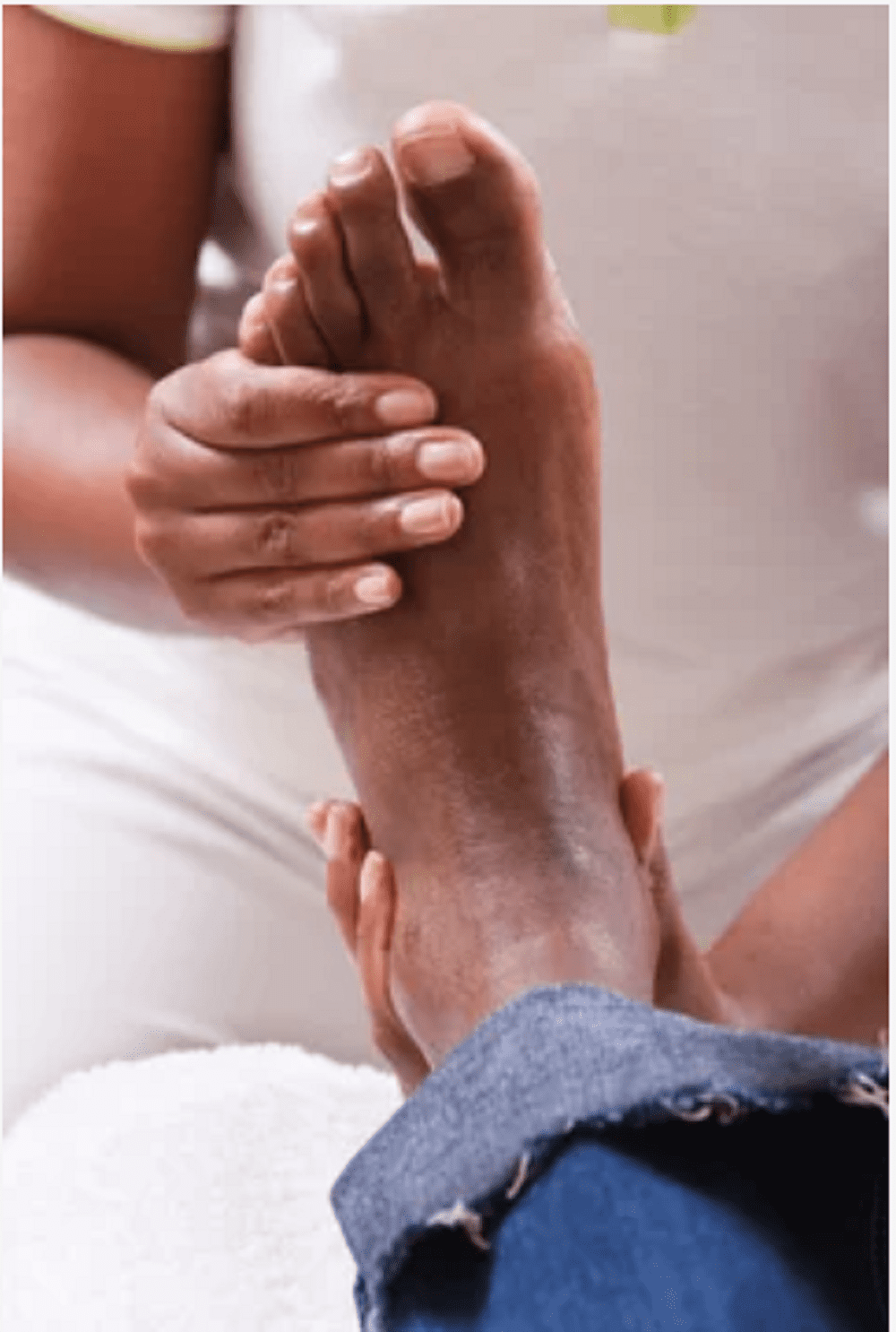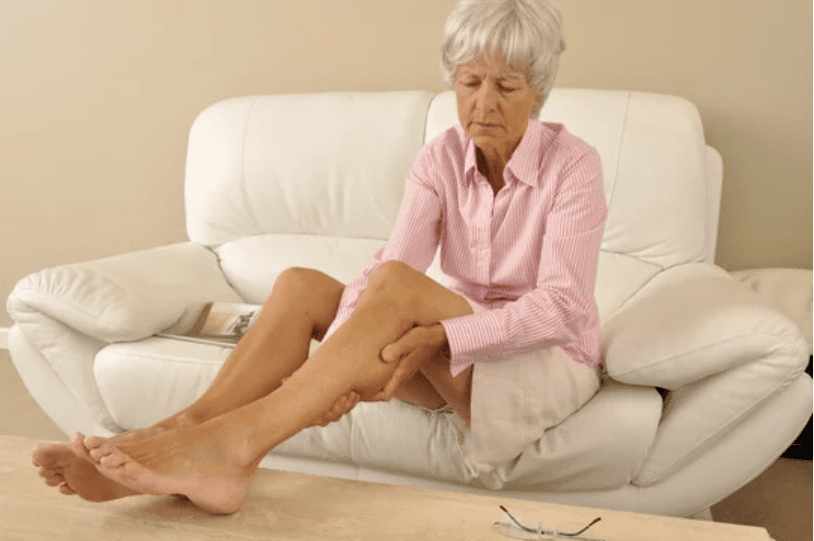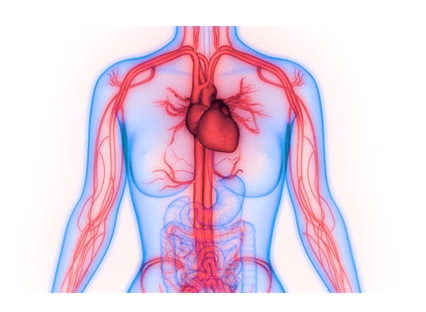
What is happening to my toenails?

It's natural to discover that your hair and nails aren't growing as rapidly as they once were as you become older. You may have had thick, lustrous locks as well as more leg and arm hair when you were in your 20s or 30s. It's common to see your hair change color or becoming thinner as you approach your 50s and 60s. This is due to the fact that follicles are no longer generating new hairs as regularly as they once were. Additionally, a reduction in hormones might have a detrimental impact on hair and toenail development.
Peripheral artery disease, unfortunately, is a prevalent illness that affects over eight million people in the United States. Vascular disease in the legs and feet is a progressive illness that worsens over time if left untreated.
PAD is caused by plaque accumulation in the arteries, which results in a partial or complete blockage of the blood vessels, narrowing them. Fibrin, cellular waste products, calcium, extra fat, and cholesterol make up arterial plaque. If you have high blood pressure or cholesterol, your arteries might become inflamed or damaged, allowing plaque to adhere to the walls.
But what does it signify if your toenails don't grow anymore? Poor leg hair and toenail development might be an underlying indication of a vascular disorder called peripheral artery disease (PAD).
Plaque builds up on the insides of your arteries over time, stopping blood from flowing freely throughout your body. Symptoms of vascular disease in the legs and feet become moderate to severe when blood, oxygen, and nutrients are unable to reach the lower extremities.
You need good circulation in your legs and feet to grow leg hair and toenails. Unfortunately, artery obstructions can result in a variety of symptoms, including slow toe development. The lack of oxygen and nutrients to the nails might cause them to grow slowly or perhaps cease growing altogether.
Capillaries, or tiny blood vessels, are found beneath the nail bed. For nails to develop, the capillaries require enough blood flow. These capillaries are responsible for the pinkish hue of your toenails. Toenails that are healthy should be pale pink in color, not grey or purple. You may notice that your toenail isn't growing as rapidly as it used to. Toenails that do not develop correctly are frequent as plaque accumulation rises. If you've seen this change, you should consult a vascular expert right once to explore your toenail not growing therapy options.
If you haven't had to clip or trim your toenails in a few months, it's possible that their development has slowed or halted entirely. This might be your body's way of warning you that there is an underlying problem causing your toenails to stop growing.
Although it's critical to be aware of vascular concerns like peripheral artery disease, toenails that don't seem to develop might be due to a variety of other health problems, including:
Infections with fungi
Toenail encrustation
Radiation and chemotherapy are two cancer therapies.
The nail bed has been injured.
Paralysis or spinal damage
If you've ruled out the other possibilities, poor circulation might be the culprit. Thankfully, there are a few more signs and symptoms that might assist determine if peripheral artery disease is to blame.
If you're not sure if peripheral artery disease is causing your toenails to stop growing, examine whether you've had any other PAD symptoms, such as:
Leg cramps or discomfort in the buttocks, thighs, calves, or foot
Pain that subsides when your legs are elevated, or you are at rest
Walking or climbing stairs is difficult.
Sleep disturbance due to restlessness
In comparison to the other, this leg is cooler.
In your legs or feet, you may experience tingling or numbness.
Legs or feet that are pale or blue in color
Erectile dysfunction (ED) is a condition that affects men
Legs with a lustrous, dry appearance
Leg wounds that are slow to heal or do not heal at all
Feelings of fatigue or heaviness in your legs
Leg hair growth is poor.
It's crucial to keep in mind that some patients with PAD don't show any signs or symptoms. Many of these symptoms are also misdiagnosed as indications of aging and neglected. If you've had any of the symptoms listed above, see a vascular expert as soon as possible. Unfortunately, poor leg hair and toenail development is a symptom of moderate to severe PAD, therefore it isn't regarded an early warning indication. Don't wait for your symptoms to get worse if you discover your toenails have stopped growing.
Observing toenail changes may appear random to many individuals. People sometimes overlook the fact that their leg hair or toenails aren't developing correctly; nevertheless, this might be a symptom of impaired circulation. Furthermore, if you have diabetes, you may be familiar with skin changes on your legs and feet. This might make noticing reduced leg hair or toenail development even more difficult.
Leg discomfort, another frequent symptom of PAD, might be difficult to identify if you have neuropathy, a disease that damages the nerves. You should keep note of any symptoms you're having if you're over 50 and have risk factors for vascular disease in your legs and feet.
We are just a call or click away. To learn more, book an appointment online or over the phone with PeachState Advanced Cardiac & Endovascular. We have several locations in Georgia: Newnan, Atlanta, & Griffin.
You Might Also Enjoy...


Feeling Faint

Should I be worried about my numb feet?

Can leg cramps be a sign of something serious?

Meet Dr. Odiete - PACE Cardiovascular Specilaist


